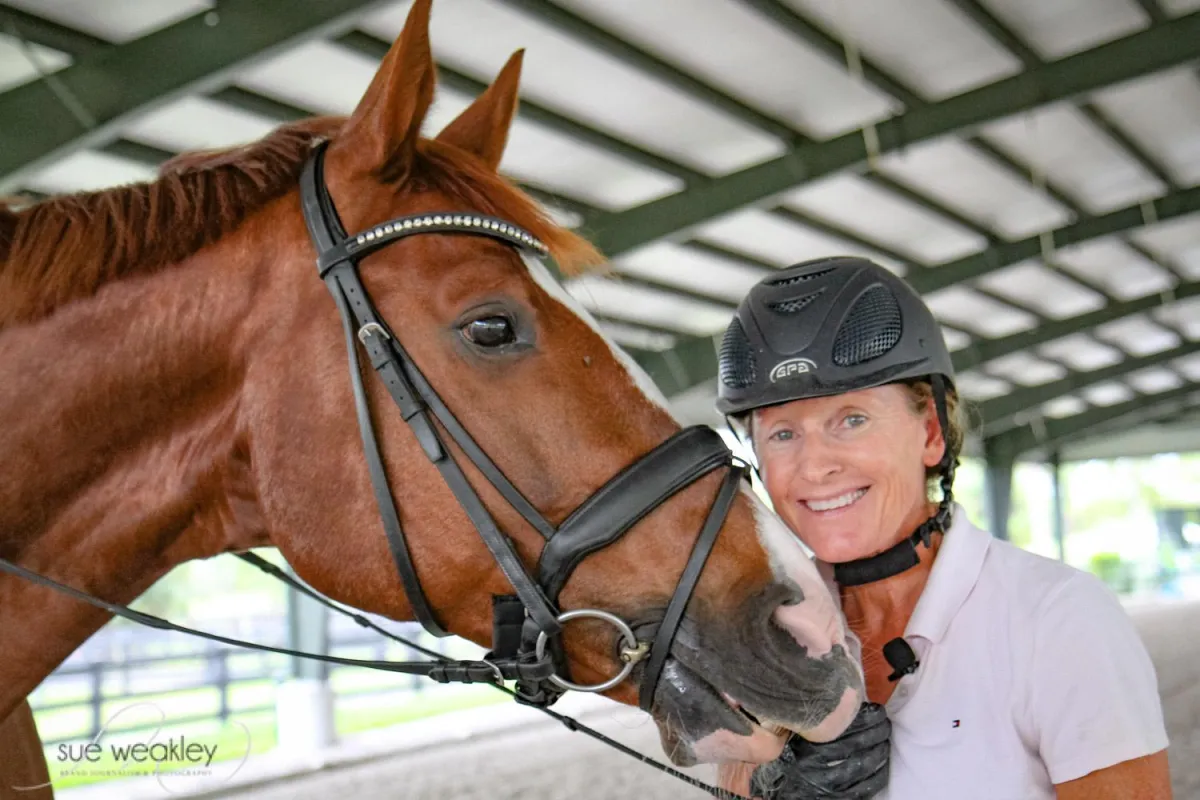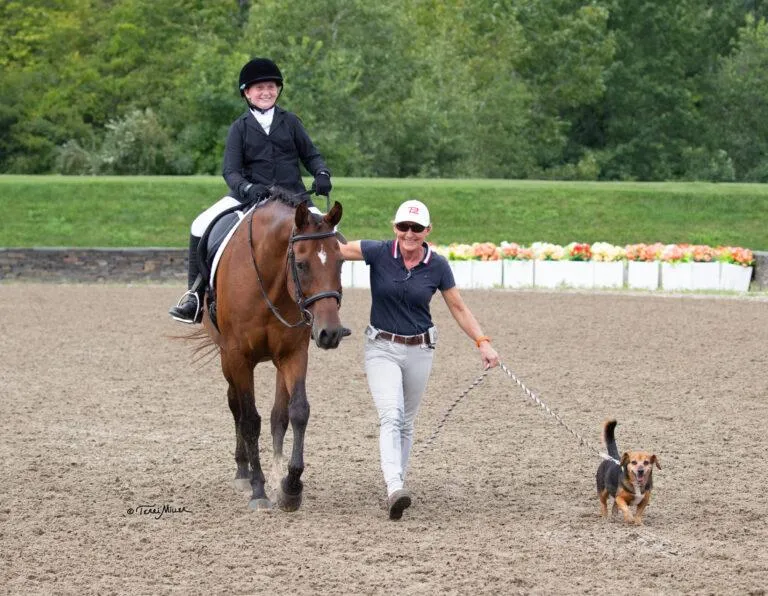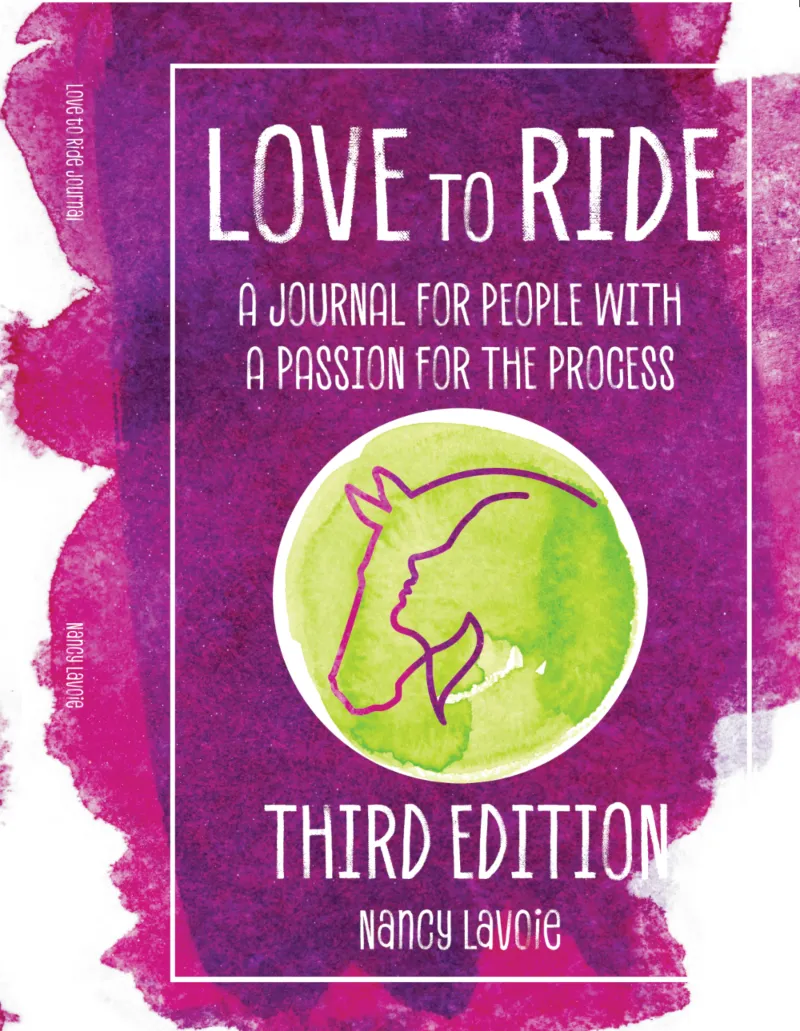Dressage & Equestrian Mindset Coaching with Nancy Lavoie
Confidence. Focus. Harmony. Ride to Your Full Potential.
Never Miss a Webinar
Access to recorded webinars packed with mindset tools, riding insights, and real progress strategies—delivered right to your inbox.

Why Work with a Dressage & Equestrian Mindset Coach?
Do you long for a deeper connection with your horse but feel fear or doubt holding you back? Has life’s pressure overshadowed your riding passion? Whether you're struggling with confidence in the show ring or balance in your equestrian journey, you’re not alone.
Many riders face challenges such as:
Overcoming fear and self-doubt
Breaking through training plateaus
Balancing riding goals with life’s demands
Building confidence and assertiveness
Strengthening communication and partnership
It’s time to take back control of your riding experience.
Together, we’ll uncover your goals, overcome mental barriers, and build the resilience needed to ride with confidence, clarity, and joy.
How I Can Help You
Strengthening mindset, confidence, and performance.
Love to Ride Journal
Journaling is a powerful tool for progress and a positive mindset. This dressage & equestrian journal helps you track achievements, visualize goals, and stay accountable. Small choices today shape your future success. More than a training log, it’s a form of self-care—connecting you with your core and deepening your riding journey.

Meet Nancy Lavoie
Robbins-Madanes Trained Life Coach
My commitment to teaching and creating more enjoyment in my riding and others led me to seek help from professionals outside of my business. Learning from Tony Robbins, taking his Core 100 course as well as studying other high performers and their coaches has changed many things about my approach and perspective.
I am passionate about helping riders of all ages find the tools they need to stay confident in the show ring, develop good relationships, and find joy along with the success they long for.
I look forward to hearing from you!
What Clients Say About Nancy
“Nancy has helped me to expand my mind to think and communicate in ways that are more positive and effective, so that challenges in my personal and professional life are ways to grow and evolve instead of setbacks. This has greatly improved my quality of life.”
~ Michelle
“Nancy is wonderful! She is a dedicated trainer, and I value her coaching very much. She has taken the time to get to know me, help organize my goals, and focus my attention. Nancy has also taken the time to get to know my horse, offer effective training tools and helpful advice. She is always patient, encouraging, and willing to answer all my questions. “
~ Dana
“Thank you for the thoughtful and delightful webinar series.
Your own special pyramid is awesome to explain the seat!
Leadership takes many forms, but branching out with the use of technology to share your passion is #1 in my book! Bravo!”
~ Sara
Ready To Take Your Riding To The Next Level?
Become a Better Dressage & Equestrian Rider




